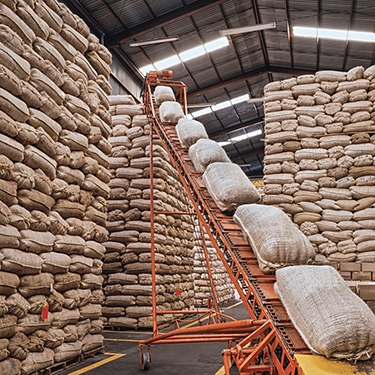Infrastructure investment due diligence

On behalf of a Canadian oilseed processer WPI's team provided market analysis, econometric modeling and financial due diligence in support of a $24 million-dollar investment in a Ukrainian crush plant. Consistent with WPI's findings, local production to supply the plant and the facility's output have expanded exponentially since the investment. WPI has conducted parallel work on behalf of U.S., South American and European clients, both private and public, in the agri-food space.

 The Department of the Interior has added phosphate and potash, two key fertilizer ingredients, to the official Critical Minerals List. They are part of 60 minerals deemed vital to the U.S. economy and national security, with 10 of those being newly listed, that face potential risks from disrupt...
The Department of the Interior has added phosphate and potash, two key fertilizer ingredients, to the official Critical Minerals List. They are part of 60 minerals deemed vital to the U.S. economy and national security, with 10 of those being newly listed, that face potential risks from disrupt...
 Outside markets continued their downbeat on Friday but ag futures had a few recoveries from yesterday’s trouncing. Corn closed lower for the day and the week. The soy complex closed optimistically for the day but had a mixed week. Winter wheat closed lower on the day and the...
Outside markets continued their downbeat on Friday but ag futures had a few recoveries from yesterday’s trouncing. Corn closed lower for the day and the week. The soy complex closed optimistically for the day but had a mixed week. Winter wheat closed lower on the day and the...
 Ahead of next week’s USDA’s Crop Production and WASDE reports, WPI offers our latest projections for the corn, soybean, and wheat balance sheets. The key findings from this effort are that corn and soybean supplies are set to expand on upward yield revisions. Too, demand for corn an...
Ahead of next week’s USDA’s Crop Production and WASDE reports, WPI offers our latest projections for the corn, soybean, and wheat balance sheets. The key findings from this effort are that corn and soybean supplies are set to expand on upward yield revisions. Too, demand for corn an...